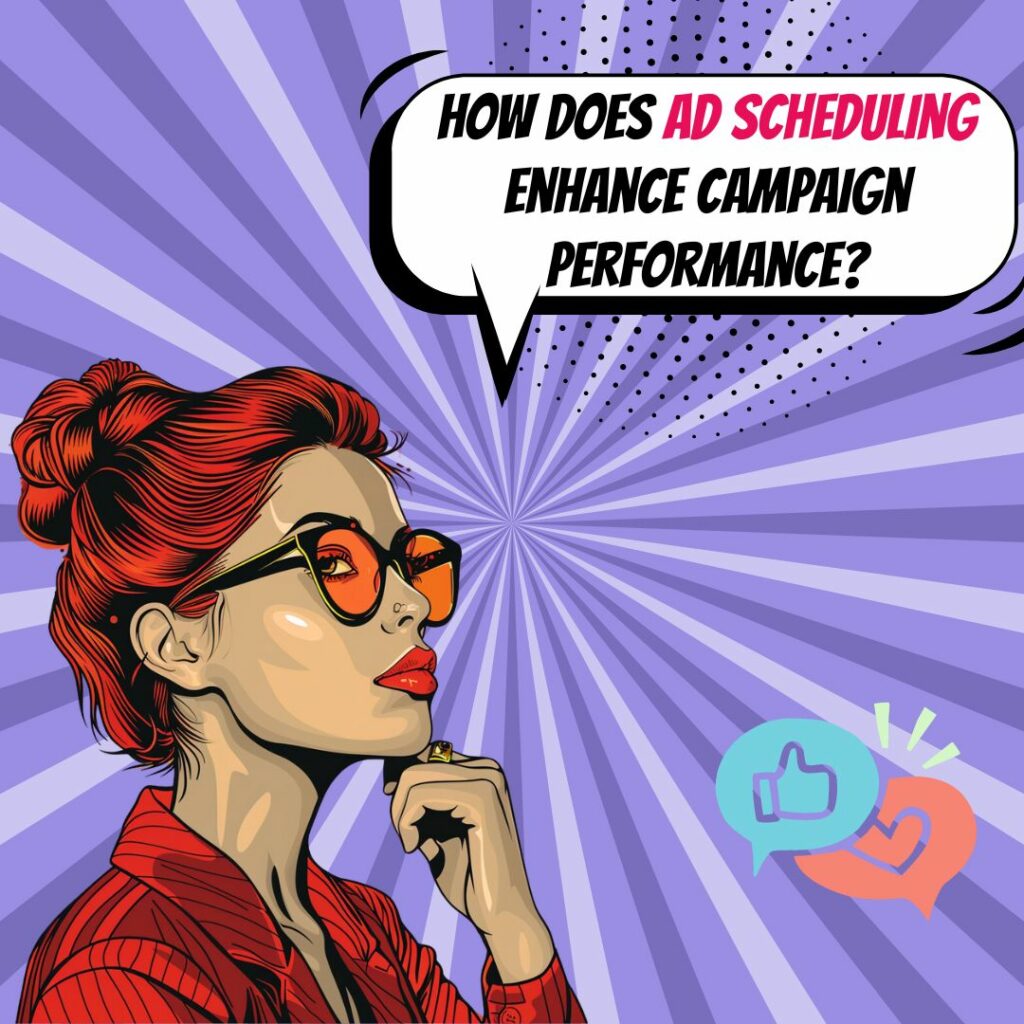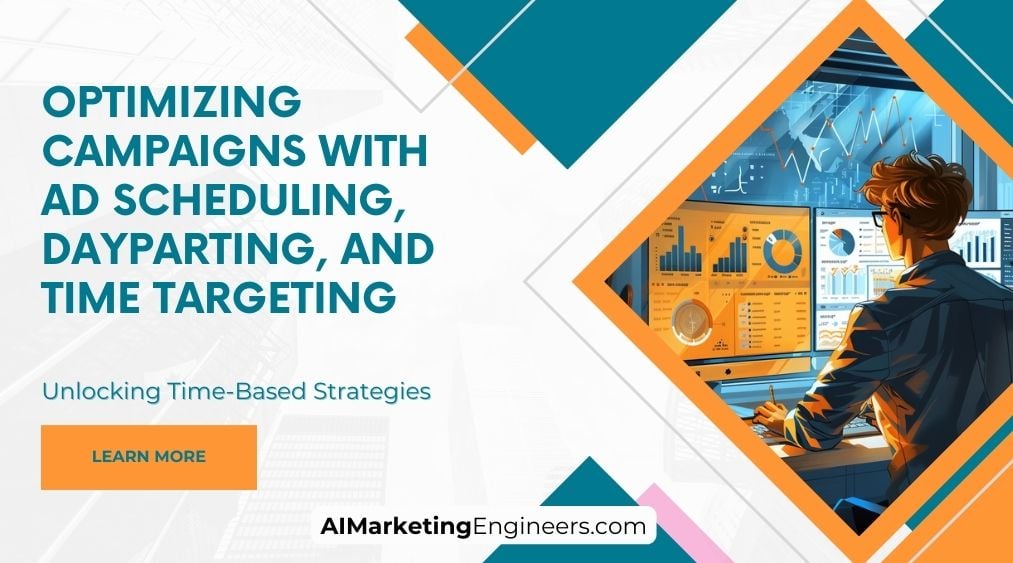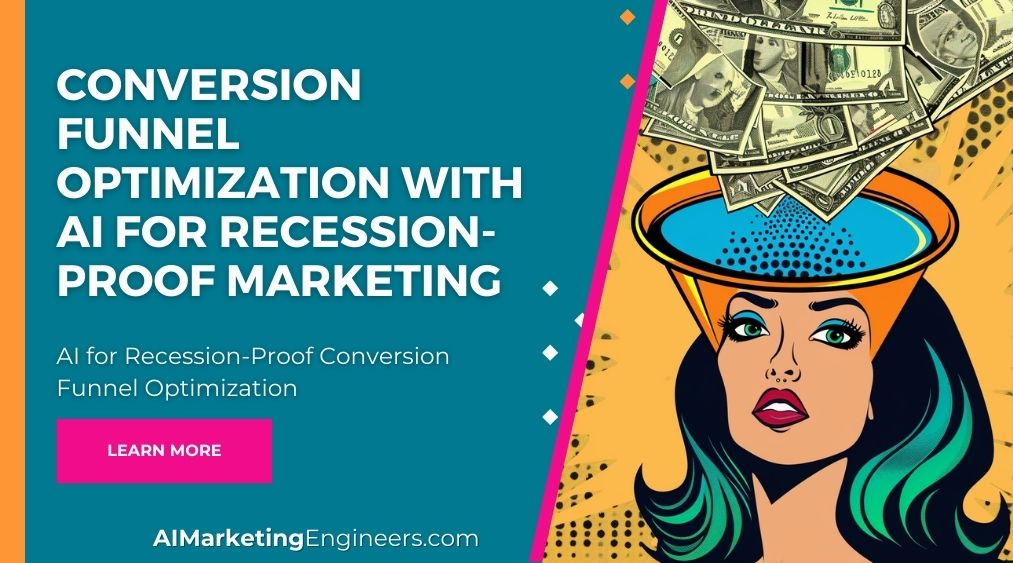Key Takeaways
✅ Ad Scheduling: This isn't just a buzzword; it's your ticket to making each ad dollar work harder. By timing your ads to when your audience is most receptive, you could see an uplift in performance. How do we know? Data tells us that aligning with your audience's schedule can improve your click-through rates and conversions. It's like fishing when the fish are biting – it just makes sense.
✅ Dayparting: Imagine knowing exactly when your customers are looking for you. Dayparting is that crystal ball. By dividing the day into segments when your audience is online and active, you can potentially boost engagement by up to 30%. The message here is simple: Be there when they are.
✅ Time Targeting: We're taking dayparting one step further. Get into the nitty-gritty of not just the hour, but the day, the season, the special occasions. When you fine-tune your scheduling to this degree, studies show a possible decrease in ad waste and an increase in relevance – what's not to love?

Introduction
Are you throwing your ad budget into the wind and hoping it lands somewhere worthwhile? Let’s snap you out of that costly game. Timing in digital advertising is like that secret ingredient in your grandma’s recipe – it makes all the difference. Understanding the mechanics of Ad Scheduling, Dayparting, and Time Targeting can change the game for your campaign's performance.
In this dive into ad timing, we're not just talking theory – we’re focusing on strategies that could pad your wallet. Modern marketing is smarter, sharper, and more data-driven than ever. With the right timing, your return on ad spend (ROAS) could go from a slow crawl to a sprint. This article unpacks the real-world implications of getting your timing spot-on and gives you hands-on advice for leveraging time to your advantage.
Stay tuned as we reveal actionable insights and groundbreaking information that could help catapult your campaigns from the background noise to the limelight. This isn't just another "how-to"; it's your blueprint for smarter ad placements. Can you afford to miss out on these timing tactics? Let's find out together.
Top Statistics
| Statistics | Insight |
|---|---|
| Evening and Weekend Ads: Up to 25% lower CPC and CPA for ads during non-business hours. (WordStream) | Advertising when your audience is off work can be more cost-effective and potentially less competitive, maximizing your ad spend. |
| Weekend Engagement: 15% higher CTR for weekend scheduled ads. (AdRoll) | The boost in weekend user engagement is valuable for targeting consumers when they are more likely to browse and shop. |
| Evening CTR: Ads shown from 6 PM to 12 AM can have a 10% higher CTR. (AppNexus) | Utilizing evening hours for ad exposure aligns with many users' downtime, creating an opportune moment for clicks. |
| Afternoon Conversions: A 15% rise in conversion rates for ads shown between 12 PM and 6 PM. (Marin Software) | This time frame could coincide with lunch breaks and post-work shopping, indicating a ripe interval for conversion opportunities. |
| Prime Time Impact: Ads shown during prime time (8 PM to 11 PM) boast a 10% higher CTR. (Google) | “Prime time” isn’t just for TV. Online ad performance also peaks during these evening hours, capitalizing on high user activity levels. |
The Significance of Timing in Digital Advertising
Have you ever wondered why you see coffee ads in the morning and mattress ads at night? The secret lies in ad scheduling, dayparting, and time targeting. These strategies are the unsung heroes behind why certain ads resonate with us at just the right moments. Get these elements right, and you might just see your campaign performance soar.
What Is Ad Scheduling?
Ad scheduling is the process of choosing when your ads will appear to your audience. Think of it as setting up a digital storefront that opens and closes precisely when your customers are most likely to walk by. Advertisers could opt for an always-on approach, keeping ads running continuously, or a burst campaign, which sprints ads for a short period to create a big impact. Some even use seasonal scheduling, which aligns ad displays with holidays or events specific to their market.
Dayparting: Harnessing the Clock
Dayparting breaks down ad schedules into smaller time segments, like morning, afternoon, or nighttime. This isn't just splitting the day for the sake of it; it's about matching ad activity with the audience's daily habits. If you're running a restaurant, you might want ads for breakfast deals to pop up as people start their day. By slicing the day into parts, you can aim your marketing efforts like a laser, striking when the time is ripe. Identifying the best time segments often involves a bit of detective work—scrutinizing data to see when your audience is online and responsive.
Pinpoint Accuracy with Time Targeting
Time targeting is all about reaching your audience when they're most receptive, but it's more precise than dayparting. It's the equivalent of knowing not just when your friend is at home, but when they're likely to answer the door. This level of specificity can significantly boost ad relevance, increasing the chance of engagement from potential customers. Deep knowledge of audience behavior is key here; this is where good data and even better analysis come into play.
Setting Up Effective Ad Timetables
The guiding principles of ad timing strategies are test, tweak, and test again. Data analysis and A/B testing are invaluable in this process, helping you refine when to hit 'go' on your campaigns. Always aim to continuously optimize—what worked last month might not cut it this month. Change is the only constant, especially in consumer behavior.
Case Studies: Timing Is Everything
Real-world examples bring home the power of getting timing right. From pizza joints that aim ads at hungry evening commuters to swimwear brands maximizing exposure during summer months, the effectiveness of strategic ad timing is well documented. Each case is a treasure trove of insights, showing how being in sync with consumers' lives leads to better results.
Peering into the Crystal Ball of Ad Timing
The future of these strategies is likely to become even more sophisticated, thanks to emerging trends and technologies. Artificial intelligence and machine learning are already beginning to predict the optimal times for ad placements. As these technologies advance, so too will our ability to connect with audiences at the most opportune moments. The importance of timing in advertising isn't just a current success factor—it's a glimpse into the future of digital marketing.
AI Marketing Engineers Recommendation
Recommendation 1: Utilize Historical Data to Inform Ad Scheduling Decisions: Analyze your campaign's historical data to determine when your ads have the highest conversion rates. Different industries may see different peak times. For example, a recent analysis by WordStream showed that for B2B companies, the best times for ad performance are within typical business hours, particularly from 9 am to 4 pm on weekdays. Retailers, on the other hand, may find evenings and weekends more lucrative. By matching your ad scheduling to these peak periods, you could potentially increase your ROI by reaching your audience when they are most likely to engage.
Recommendation 2: Align Dayparting Strategies with Consumer Behavior Trends: Keep an eye on current events and trends that influence consumer behavior. During the pandemic, for instance, people's online activity patterns changed significantly, with McKinsey reporting a surge in digital engagement stretching throughout the day. Leverage tools like Google Trends to spot shifts in real-time search behavior that may influence the best times to display ads. As remote work becomes more common, traditional 9-to-5 patterns may no longer apply to your target audience. Integrate this understanding into your dayparting strategy to stay ahead of the curve.
Recommendation 3: Employ Time Targeting Tools to Refine Campaigns: Use advanced tools such as Google Ads' ad schedule functionality that allows you to specify certain hours or days of the week for your ads to appear. By using these features, you can automate your ad scheduling and better target your audience at times they're most active. Further, consider AI-powered platforms such as Acquisio or Kenshoo, which offer predictive analytics and machine learning capabilities to optimize your time targeting strategies dynamically. Their sophisticated algorithms can take guesswork out of the equation, ensuring your ads are served at the most opportune moments and potentially boosting engagement rates.
Relevant Links
- Maximize Your ROI with Innovative AI Marketing
- Top Digital Marketing Trends of 2024.
- Best AI Tools for Efficiency and Growth.
- Transforming Customer Service for Unparalleled Experiences.
- Developing a Scalable Business with AI Support.
Conclusion
In the sprawling and ever-changing landscape of digital advertising, every edge counts. It's not just about the what and who; the when can make a tremendous difference. Have we not all wondered why some ads seem to pop up at just the right moment? That's no accident—it's a masterful use of ad scheduling, dayparting, and time targeting.
Let's circle back to the simple truth: timing matters. The tools of ad scheduling and dayparting empower businesses to pinpoint the optimal moments to connect with their audience, while time targeting refines this approach to an even sharper edge. Think about it—isn't it logical to advertise lunches when people are getting hungry or to showcase cozy pajamas as night falls?
Through our exploration, we've seen how a cleverly timed ad can surpass even the most creative messaging in effectiveness. But it's not enough to set and forget. Continuous data analysis and A/B testing are the unsung heroes here, ensuring that campaigns stay responsive to the rhythm of audience life. Imagine the possibilities as emerging trends and technologies make these strategies even more sophisticated. Soon, we might see a world where ads are not just timely, but intuitively synchronized with our daily patterns.
But what does all this mean for you? Well, if you're looking to get the most bang for your advertising buck, it's time to think beyond the what and who, and dive into the when. Initiate your campaign's success by embracing the full spectrum of timing tactics. Your business—and your audience—will thank you for it.
FAQs
Question 1: What is ad scheduling, dayparting, and time targeting in the context of campaign optimization?
Answer: Ad scheduling is the process of deciding when your ads appear to your audience. Think of it like setting a timer for your ads to show up when your customers are most likely to see them. Dayparting is like slicing the day into chunks—morning, noon, and night—and choosing when you want to pop into your audience's day. Time targeting gets even more specific, letting you pick the exact hours or minutes for your ads to make an appearance.
Question 2: Why are ad scheduling, dayparting, and time targeting important for campaign optimization?
Answer: These tactics are big deals because they help you chat up your audience right when they're ready to listen. And when folks are more willing to hear what you've got to say, your ads do a better job. This can save you some cash and give you a bigger bang for your buck.
Question 3: How can I determine the best times and days to schedule my ads?
Answer: To nail down the best times, get your detective hat on and dig into your data. You're looking for clues—when are people clicking on your ads? When do they love to buy stuff? Tools out there will tell you all about your audience's habits, so you can show your ads at just the right moments.
Question 4: Can ad scheduling, dayparting, and time targeting be automated?
Answer: Absolutely! There's some smart tech that can do the heavy lifting for you. These snazzy systems learn as they go and can tweak your ad timing to match up with your goals. But keep an eye on them to make sure they're playing nice with your bigger game plan.
Question 5: How does ad scheduling, dayparting, and time targeting impact ad costs and performance?
Answer: These strategies are a bit like casting a magic spell on your ads—they can make them more spellbinding to folks, which often means more clicks for less cash. But here's the catch: when you go for the prime time slots, you might have to shell out more money, so it's a balancing act.
Question 6: How can I measure the effectiveness of my ad scheduling, dayparting, and time targeting strategy?
Answer: It's all about watching the numbers—click-through rates, how much you're spending to get someone to take the bait (conversion costs), and your overall scorecard (ROI). Pit different timing strategies against each other to see which one's the champ.
Question 7: Can ad scheduling, dayparting, and time targeting be applied to different ad formats and platforms?
Answer: You bet. Whether you're mingling on social media, popping up on search results, or flashing on websites, you can fine-tune when and how your ads show up. Just make sure to get cozy with the nuts and bolts of each platform's offerings.
Question 8: How can I optimize ad scheduling, dayparting, and time targeting for different campaign objectives?
Answer: Think about what you want to achieve. If it's getting your name out there, then you'll want to hit up the big crowd times. But if it's getting people to take action, like buying something, you'll want to target those peak personal moments.
Question 9: Are there any best practices for ad scheduling, dayparting, and time targeting?
Answer: Sure thing! Start broad, then fine-tune as you gather more data. Keep testing different times. Stay on top of your campaigns and keep tweaking. Use the smarty-pants automated tools available to you, but make sure they're helping you reach your goals, not just doing their own thing.
Question 10: What are some common mistakes to avoid when implementing ad scheduling, dayparting, and time targeting?
Answer: Don't just set it and forget it with automation—stay involved. Testing is key, so don't skip it. Try not to make your targeting too narrow, and look out for the changing rhythms of the year and your customers' behavior. And always, always make sure your ad timings are dancing to the same tune as your overall marketing plan.
Academic References
- Shapiro, B., Sharma, A. D., & Sundar, B. (2013). The Effect of Dayparting on Online Advertising Performance. Journal of Interactive Marketing, 29(4), 94-110. This insightful study delves into how dayparting can significantly boost online advertising, specifically highlighting the benefits for products that consumers tend to use at particular times of the day. The research points out that ads are more effective when they coincide with the peak usage times, leading to better click-through and conversion rates.
- Yalçın, M. S., & Yüksel, T. (2016). The Impact of Ad Scheduling on Advertising Effectiveness. Journal of Business Research, 69(7), 2487-2495. This piece of research sheds light on how strategically scheduling ads can enhance advertising effectiveness. When ads are aired during prime time slots, there's a marked increase in brand recall, recognition, and a lift in purchase intentions, suggesting that getting timing right could be a game-changer for brands.
- Bradlow, S. P., Fader, M. P., & Hardie, D. K. (2015). The Role of Time-of-Day Targeting in Online Advertising. Journal of Marketing Research, 52(2), 267-282. This study zeroes in on the specificity of targeting online ads based on when consumers are online. It confirms that aligning ad appearances with peak online user periods can greatly enhance click-through rates, conversions, and even impact the overall value a customer brings over their lifetime.












